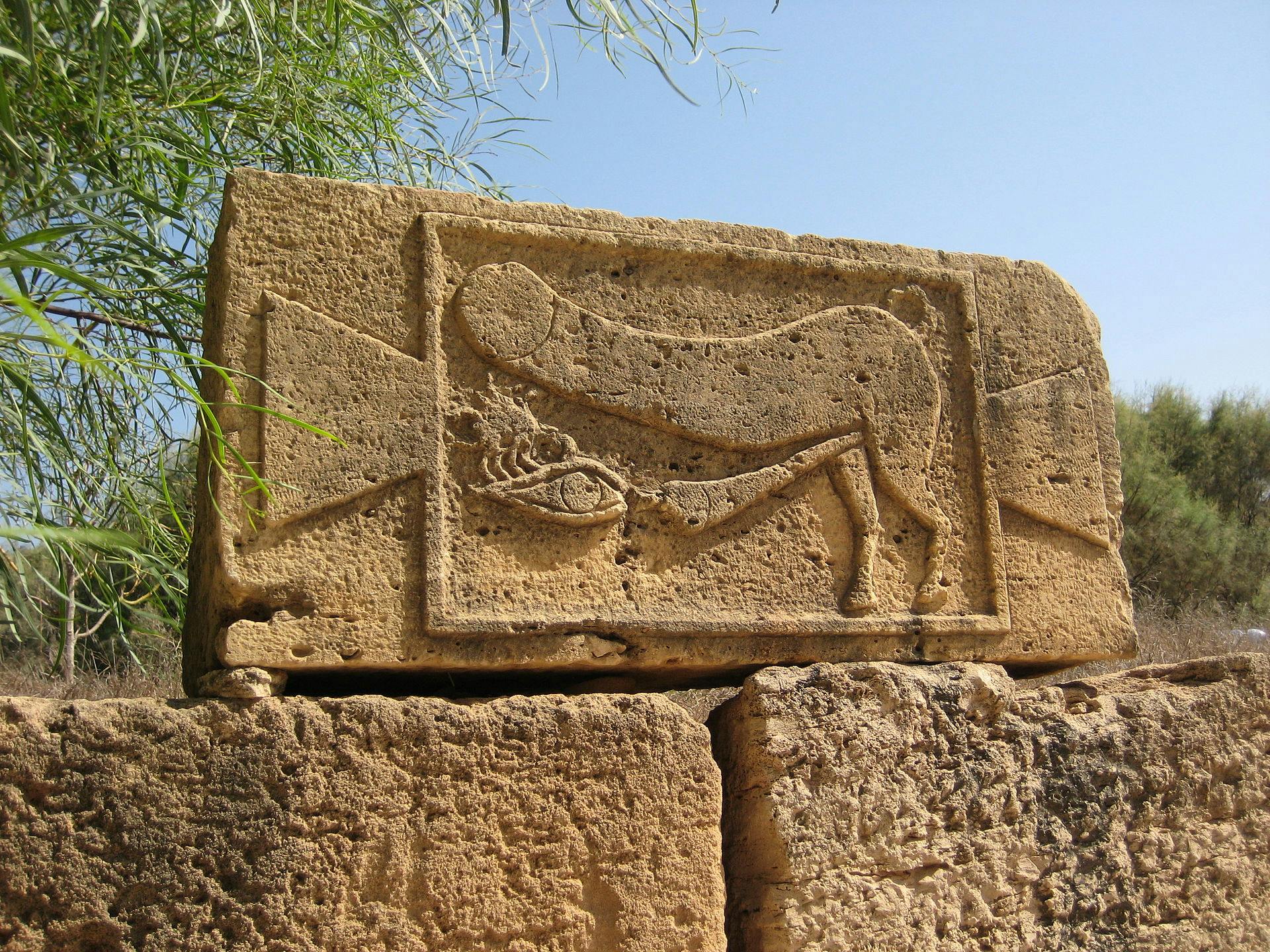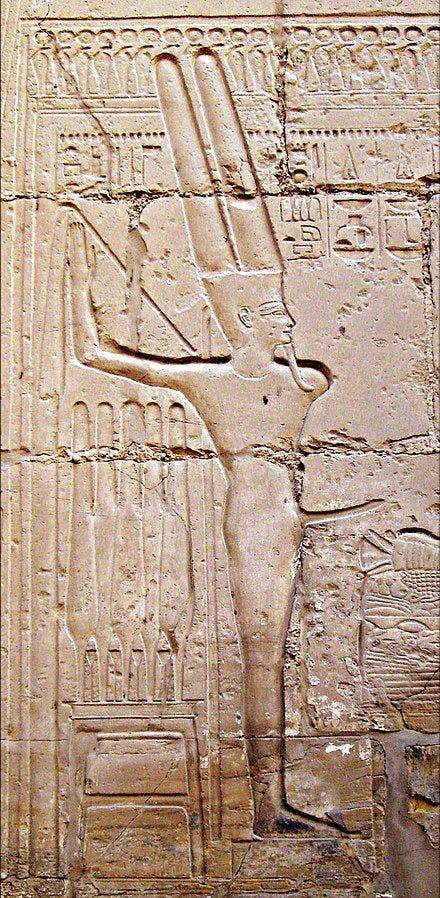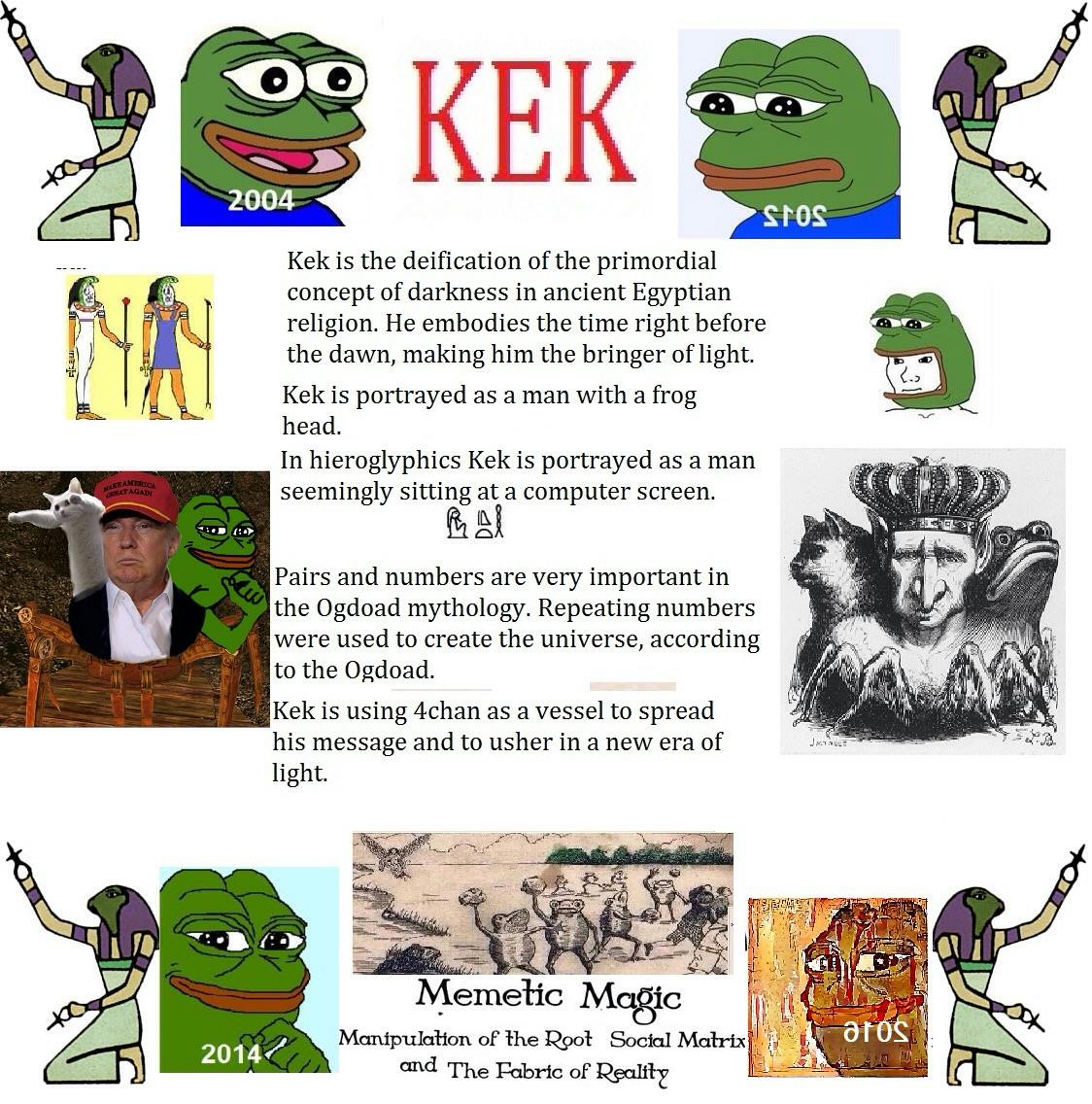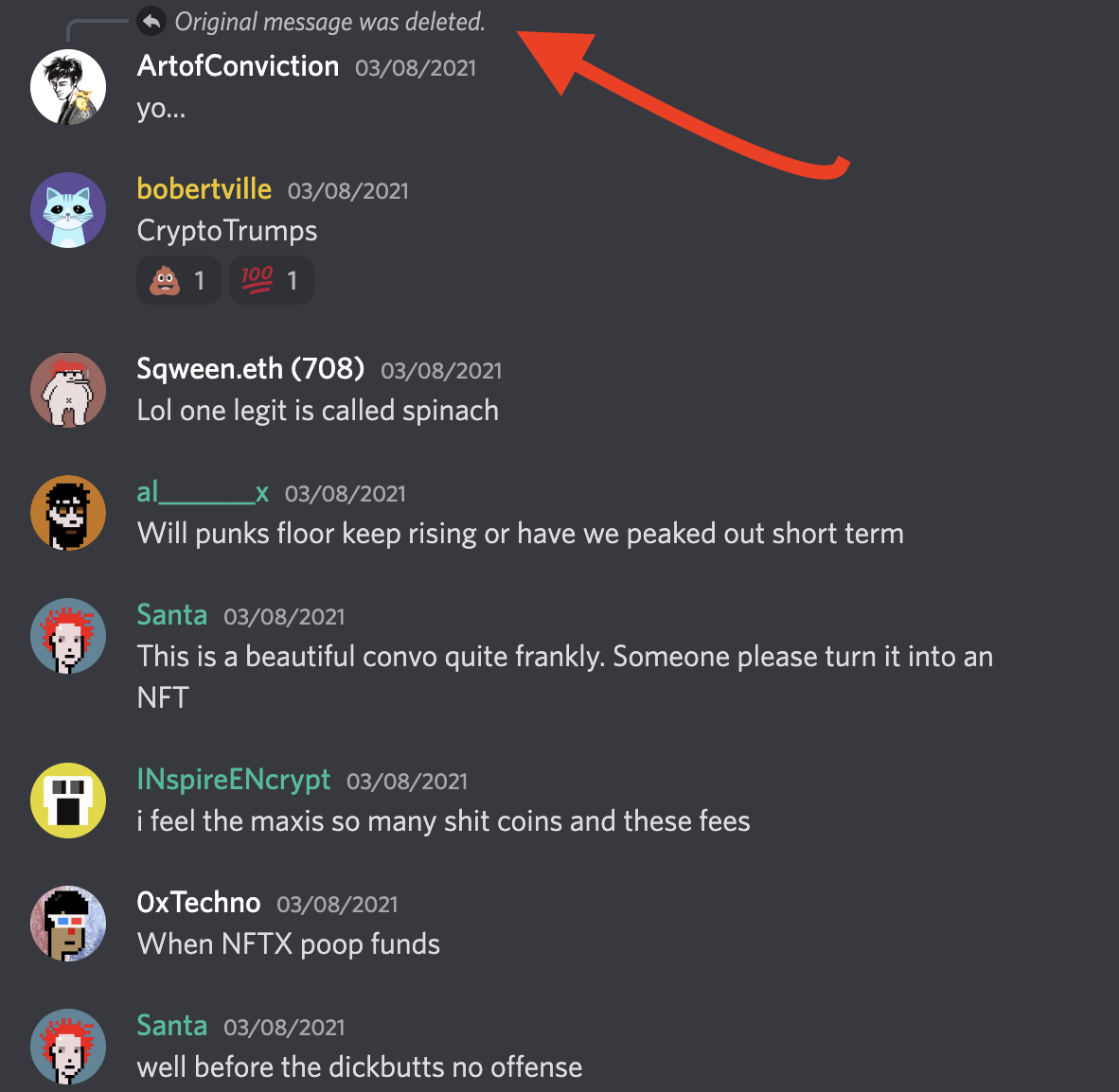Preface and disclaimer
Any views expressed below are intended for educational purposes, contain the personal views of the author, and should not form the basis for making investment decisions.
Find a TL;DR version here → NFT Now
This is an updated piece.
Introduction
While the progressive landscape of Web3 can seem filled with more grifts than gifts, if ever lost or in doubt, something analogous to a North Star are five simple words. Seize the memes of production. Elon and other heartthrobs aside, such wisdom is also mirrored in the recent Cultural Object Framework by Punk 6529.
Predicated on Dunbar’s Number, Punk6529 argues that due to our limited cognitive bandwidth and time, only a tiny fraction of NFTs — 50 or less — will eventually transcend to a new tier of global memetic prestige via related power and fractal laws.
But along with the core tenets of CryptoArt and community, what are some shared traits of these future grails? How can we know which contenders will rise to the prophetic insights of our beloved digital sage? Given the recent inclusion of CryptoDickbutts to Open Metaverse as the seminal CC0 community with a dedicated space, we can analyze several definitive aspects of the anthropomorphic phallus, consistent amongst other long-standing collections, to gain a rough semblance of the potential non-fungible winners.
The momentum and patterns of cultural objects
Extending on the original Dickbutt meme by KC Green, the phallus in CryptoDickbutts is one example of a cultural object with an ancient history, dating as far back as 2050–1550 BC.
According to historians, phallic charms (often winged) were ubiquitous in Roman culture and frequently appeared as jewelry including pendants and rings, and ornaments, like lamps. Often bestowed to children, they did not have any sexual connotation but, as a reference to Fascinus or Fascinum, were used as a necessary precaution against evil.
Despite the protective and regenerative properties when erect, in most cases it was the emotions (shame or laughter) evoked from the very obscenity of the Fascinus that served as the true power to divert the evil eye. As seen in Roman art and relief sculptures from Leptis Magna in present-day Libya, and several instances on Hadrian’s Wall, the phallusejaculating towards a disembodied eye was another common motif that represents its victory and powers against evil.

Some historians also consider it to be the ultimate dispeller of black magic — akin to a guardian angel due to the association with wings. This is also alluded to by its popularity in Pagan and Wiccan practices. For example, in Raven Grimassi’s Encyclopedia of Wicca & Witchcraft, the fascinus is cited as one of the most effective talismans against dark sorcery.
Further examples of related symbolism include the ancient Egyptian deity Min, frequently shown with an erection. Regions spanning across the Far East such as Indonesia, India, Korea, and Japan are no exception either, often using the phallus as a symbol of fertility in motifs on their temples and everyday life. In more modern discourse, scholars of anthropology and sociology have also made associations between skyscrapers and phallic motifs, stating that they function as symbols of male domination, power and political authority.

Similar synchronicities are shared between Pepe the Frog and its non-fungible equivalent Rare Pepes with the Ancient Egyptian God, Kek (Kuk, Keku). As the deification of primordial darkness and chaos, Kek’s form varies, with Kekui depicted with the head of a serpent and Kekuit the head of either a frog or a cat. In the Greco-Roman period, Kek’s male form is a frog-headed man and the female form is a serpent-headed woman.

And, as seen through the collections of MoonCats, CryptoCats, PunkCats, CoolCats, etc., these beloved felines are yet another recurrent cultural symbol used in social and religious practices of ancient Egypt for more than 3,000 years. Along with deities that have cat-like heads, such as Mafdet, Bastet and Sekhmet, they were praised for killing venomous snakes and representing varied themes like justice, fertility and power. The protective nature of cats also appears in the Book of the Dead, where associations are made with Ra and the benefits of the sun for life on Earth.
Despite equally significant and distinct traditions like Chinese shadow puppetry, Vedic Chanting, Kabuki theatre, etc., analysis of shared or widespread cultural symbols is even more relevant when confronted with pernicious biases such as ethnocentrism.
Ethnocentrism & cultural relativism
As a contributing factor to racism and xenophobia, ethnocentrism is a general attitude that one’s own culture is superior or “more normal” than others. Although degrees vary from person to person, we can see it exemplified in lighthearted comparisons between Chopsticks vs forks to the far more insidious crackdown by the PRC on Ramadan celebrations in the Muslim region of Xinjiang.
One method to mitigate this is to apply the opposite framework of cultural relativism, which advocates that a culture can only be judged by the standards within it. However, due to ever prevalent factors like woke tribalism and political groupthink fuelled by algorithmic bubbles, gaining an impartial and complete understanding of various cultural norms is proving increasingly difficult in modern discourse.
Hence, in the context of NFTs, looking for objects or designs that have a fairly universal appeal (that a majority can relate to or understand) can prove itself a safer vantage point by comparison. In the case of CDBs, this is evidenced via the continued relevance of the phallus. Along with the prior examples of Rare Pepes and cat-centric collections, a case can also be made for CryptoPunks due to the emphasis on objective traits such as clothing, beards, or glasses that are consistent across humanity regardless of creed or culture.
History aside, in a market where engagement and attention take clear precedence, references to long-standing cultural objects alone are not enough. Understanding the collective influence of emotions and narratives is just as important.
Emotions and narratives
At the risk of oversimplifying, one can argue that after the most basic needs in Maslow’s hierarchy, most (not all) commercial products and services are designed to evoke emotions through curated narratives and strategic marketing techniques. Or, more simply, designed to elicit a response to things we want but don’t need to satiate varying degrees of emotional and psychological desires. Luxury brands like Patek Philippe, Rolex, Louis Vuitton, Prada, Ferrari and Lamborghini etc., are just some of the many examples that cater to feelings of significance and social signaling of the high net worth, or HNW crowd.
Although a vast majority of unicorns like CryptoPunks and BAYC started as relatively affordable (and in some cases for free), the ensuing market value has, for better or worse, associated these PFPs with qualities akin to the aforementioned brands. This is only exacerbated by the recent influx of celebrities and HNW investors that seek to leverage perks, support, and the general reputation of the broader community.
But while ego and hierarchies are inherent to our social and biological discourse as human beings, the braggadocious element of flaunting a six-figure or multimillion-dollar NFT also segregates both consciously and unconsciously, and in some cases, causes resentment from those less fortunate. Especially when early adopters, corporate elites, or VCs, routinely leverage their inner circles’ competitive financial advantages to capitalize on hype cycles before the masses. As the saying goes, the rich get richer.
At the same time, (drawing minor parallels to the causes of the French and American revolutions) these very divisions may create a stronger emotional pull towards communities or memetic symbols that represent the antipode of class structures through self-effacing and satirical humor.
We can see this exemplified again through the obscurity of CryptoDickbutts, where the underlying nature and genesis of it being nothing more than a joke only becomes more obvious as floor prices rise. In a more relatable setting, one could almost analogize the collection to a comedian or jester mocking the overly serious, self-indulgent careerists, influencers, and industry professionals that use the genre of PFP NFTs to farm engagement and curate public perception.
Furthermore, given the influence of self-identity with the PFP genre, an argument can be made that just as inherent wealthy or seasoned collectors may identify with the narratives of a Punk, Murakami flower, or Fidenza, so too are CryptoDickbutts representative of those who have the ability to laugh at themselves and simply share in the collective appreciation of this new form of memetic comedy. In essence, while not everyone can appreciate or relate to the subtleties of generational wealth, everyone does have the capacity to laugh at a silly meme, which only gives more power to its innate censorship-resistant qualities.
The power to transcend, represent, and subvert ideologies
From this awareness, we can understand that when narratives are fuelled with enough emotional resonance (and vice versa), eventually, ideologies form with associated symbols or objects. The appropriated svastika represents Nazi ideology. Stalinists used the hammer and sickle. The ideals of American Democrats and Republicans live in their respective blue and red colors. So on and so forth.
One could argue that for any brand or organization to scale, it needs a clear ideology and logo to boot, as evidenced by Apple’s “Think Different” campaign or the classic Nike swoosh and “Just Do It” slogan. While not all revealing, these nuances help reflect something of the company culture and hint at reasons for people to support it. We can see this also through the mythology of superheroes wherein Batman or Superman transcend generational differences because there is consensus about the essence of each character, regardless of the actor or storyline. It’s easy for people to connect with them because they can identify the underlying ideals. Conversely, as detailed by former KGB agent Yuri Bezmenov, to diminish the power of any nation or community, one effective tactic is through ideological subversion so that consensus can’t be formed.
With that in mind, just as some NFTs may scale by reflecting the beliefs and narratives of a group, so too are other collections more potent in their ability to at once represent, subvert, and transcend ideological discourses. To compare and contrast the varied ideological examples with NFTs (or lack thereof), we can observe the distinctions between CryptoPunks and something of its community-born progeny, CryptoDickbutts.

Although Punks are mostly a collective of independent thinkers (rather than a cohesive community), the recent IP transition to commercial rights (which allows any holder to build out personal brands) has, in some respects, muddied the ethos of a collection inspired by the London Punk culture of the 1970s. While early adopters may be less concerned, questions for newcomers remain. For example, does someone buy a Punk because they resonate with Jordan Belfort or Gary Vaynerchuk? Or do they stay away because of the association with these people?
While the same could be said for any notable NFT, the transition of Punks to focus on the individual has, in some ways, allowed the collection to abandon any group ideology and embody a symbol of creative, financial, and conceptual sovereignty. But regardless of the influence of public figures, or critiques of Larva Labs “selling out”, one can advocate that its original essence of free thinkers and anti-monopolistic sentiments remain uncorrupted through the CryptoDickbutt collection and contract address that preserves key themes of crypto degen culture (420…69… 1D1B).

In such a light, we can see how it simultaneously represents, subverts, and transcends the narrative of where Punks started, what they’re doing, and whatever the future may hold for V1 and V2 alike.
CC0 > Commercial rights
While commercial rights may suit collectors with the experience and resources to build personal brands, when it comes to the influence or success of NFTs (or lack thereof), one can argue that a CC0 framework(Creative Commons) ultimately offers more flexibility and room to scale. As with the appeal and power of ideologies, this is especially prevalent in collections with easily identifiable themes.
(As a brief insight into the differences, some licenses such as MoonCats are not entirely CC0; they have a license for commercial and non-commercial use. CC0 (creative commons), however, is when “anyone can use this for whatever they want.” The MoonCatLicense is generally defined as “if you own a MoonCat you can use it for whatever you want, but that right leaves when you sell your MoonCat, except for one extremely narrow exception.)
For example, while Rare Pepes have been slandered by political association with the alt-right, across a macro perspective, it didn’t matter so much as people recognised the broader, definitive themes to associate with love, kindness, and freedom. The same can be said with CDBs generally representing resistance to corporate alignment and polished legacy systems. When it comes to Creative Commons license, the overarching essence of the meme doesn’t get ruined by individual takes. It doesn’t matter whether one person does something or the collective or a corporation — it functions as the same entity no matter how much they want to detach from its essence.
Furthermore, as seen with the structure of Nouns and Mfers, community incentives can be better managed with a CC0 framework when coupled with a treasury to ensure that value continues to accrue over time. In addition, as was a broadly influential factor in the success of Web2, where platforms built on top of the internet were able to spread quickly because of the open, collaborative effort of coders the world over, so too can CC0 collections such as CryptoDickbutts function as an open-source library for the metaverse instead of the closed source and centralized nature of BAYC managed by Yuga Labs, where no one outside of the brand can build on it.
Community overlap (top-down vs bottom-up)
Aligned with the scalability of ideologies and CC0, another powerful indicator of cultural value in collections is the amount of organic social cohesion and community overlap. To better understand this, we can consider the parallels between Ethereum and the formal musical structure of Polyphony. Largely popularized in Renaissance and Baroque forms such as Bach’s “Little” Fugue in G minor, Polyphonic scores often contain two or more lines of independent melody, which start at various points and add layered harmonic depth and substance to the symphonic experience.
The same could apply to Ethereum as well. As through its ever-expansive ecosystem, layers of dApps, DeFi mechanisms, and NFTs all bounce off each other and add harmonic depth to the same algorithmic texture and score that is the underlying protocol. And perhaps in an even broader context, one could argue that under the umbrella of open finance, open-source, and open data (Web3), Bitcoin and Ethereum are also polyphonous — playing separately yet together.
Given the amount of inherent cognitive bias and echo chambers that thrive on toxic positivity masquerading under the guise of community, it’s easy for long-standing players and pragmatists to become disillusioned by the dynamics of Web3. However, from a macro perspective, one could argue that, like Polyphonic structures, the most potent NFT communities are those that, while independent, quietly harmonize and add layers of substance through shared tech, values, and visuals. All of which only further amplify the authentic voices of culture amidst the barrage of noise.
In some respects, despite the range of notable Punk derivatives like V3 Punks, and Bastard Gan Punks — the motivations of each haven’t necessarily been inspired through appreciation or admiration of Larva Labs, but rather as an attempt to break away from petty debates between V1 and V2, legal controversies, and recreate the narrative in a way that better reflects the pure ethos of crypto degens.

Conversely, as seen between the overlap of creators and shared lore between CryptoDickbutts and CrypToadz — one can observe a far more welcoming and flexible environment that builds greater awareness and preservation of the culture of web3 from the bottom up as opposed to the voices of an elite minority. The same principles also apply to Mfers and the army of derivatives, wherein each, while unique, only helps add to the overall value of the Mfer world and its contributions to an open, all-inclusive metaverse.
Digital and physical parallels
While there’s currently no reported causation with modern technology (as opposed to COVID lockdowns), the steady emergence of the metaverse does pose a potential to exacerbate the self-destructive phenomena of acute social withdrawal syndrome, otherwise known by the Japanese term, Hikikomori. In light of these issues, one can postulate that the most influential NFTs will not exist in pure extremes of digital worlds, but may strike a balance between ephemeral and tangible through layering digital and physical landscapes.
In addition to the potential examples this can take in the form of wearables or photography NFTs, CryptoDickbutts is already bridging this gap by creating a digital equivalent of the prophetic Gooch Island in OM that will function as a central location for the CDB community and supporters. The ever restrictive nature of various jurisdictions on cryptocurrencies and increasing government surveillance also make for an even more bullish case for communities that can secure real-world locations to function as a haven of sorts for digital natives. Which, in the case of CDBs, is made ever more tangible through partnerships with Silver Jets, which offer OG and Series 3 holders 15% and 10%, respectively, on access to private charter flights.
On-chain, but which chain?
The underlying blockchain and its global dynamics also play a central role in determining the future success or decline of collections. While Ethereum has dominated the discourse around NFTs, ambiguity remains with the future of the protocol post-merge compared to other L1 solutions such as Solana, WAX, Tezos and even Bitcoin via platforms like Counterparty.
Furthermore, due to the entirely predictable yet ill-managed barrage of failed transactions associated with the Otherside land sale, speculations have risen of it being a potential critique on Ethereum and a ploy by Yuga Labs to make a case for its native ApeChain.
Regardless, a theory among Ethereum aficionados is that as more layer 2s emerge, a majority of Layer 1 resources will be spent powering these newer infrastructures. The result is that while Layer 2 will allow for larger or more affordable collections due to the significantly cheaper transaction fees (zKPunks and OptiPunks) NFTs built on L1 (including derivatives) will become an uncommon relic by default, as conducting activity on any layer 1 will be too expensive for most individuals. This is especially the case with on-chain collectibles that mitigate against the potential risk of images being changed or removed if marketplaces close or stop paying fees for data hosting.
While not on-chain, as CDBs are an Ethereum centric collection, an argument could be made that as long as the core devs continue to improve on the protocol’s functionality, so will the memetic impact of a dickbutt forever remain for posterity to admire.
Storytelling and lore
As seen in collections like Forgotten Runes and TIMEPieces, there is arguably no greater influence on humanity than the perennial art of storytelling. From religious and historical allegories to beloved fictional tales like Harry Potter, stories not only have the power to embed generational values, preserve cultural motifs, and shape our overarching social and evolutionary discourse, but they also can unite and divide communities in shared appreciation or detest of characters and their respective journeys.
While a more subtle aspect, the story, and journey that CryptoDickbutts is crafting not only uses relatable elements of light-hearted humor but at its core, reflects key motifs of the wandering protagonist seeking self-actualization through the prophetic vision and end-goal that is Gooch Island. And in that respect, given our drive for purpose and meaning in life, it is something we as humans can all relate to.
Conclusion
Overall, as with any presumptuous speculations about markets or analysis on CT, all the above should be taken with a grain of salt. But if nothing else, as an adage to the words of Carl Jung, in the grand discourse and permutations of our world, there is simply nothing more than memes propelling us through layers of reality.
“People don't have ideas. Ideas have people.” - ― Carl Jung
As we’ve seen with the legacy of CryptoDickbutts, not all memes are created equal. And perhaps as we’ve seen in retrospect, the greatest ones will come out of something that nobody expected. Which of course, is completely fine.
